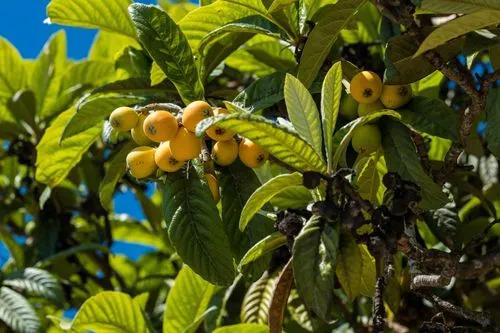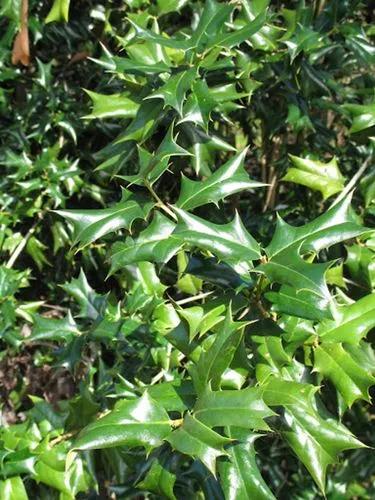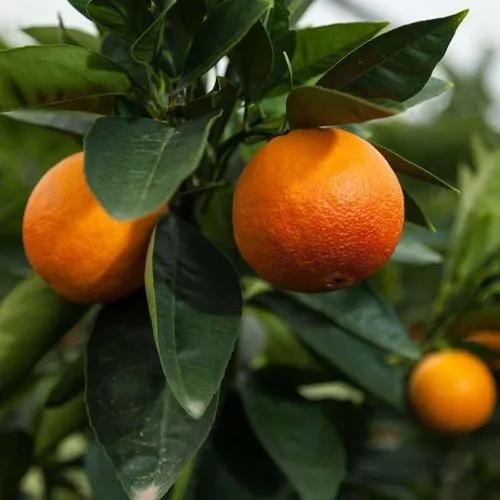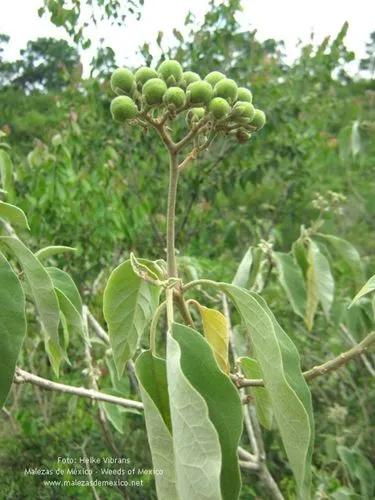The distinctive Panache Tiger Fig Tree produces attractive fruits with a green and yellow striped exterior. When ripe, the fruit inside is strawberry red with a slightly dry but extremely sweet flesh. The plants have good vigor, with growth up to 12 feet tall and multiple branches. Small to medium sized fruit, green skin with yellow stripes. Very cool looking. Some faint striping is evident even in the young branches in the spring.
Panache Fig Care
Ficus Carica 'panache Tiger'



How to Care for the Plant

Water

A Fig tree may not bear fruit or drop off unripe fruits because of water stress. Water stress may come from too little or too much water. Water stress can send the tree to a survival mode and cause it to stop producing enough nutrients and energy needed for the production of fruits. Water the tree as soon as you see any signs of stress like leaves turning yellow and falling off or wilting slightly during the afternoon. Container Planted – As stated earlier, fig tree growing in a container requires watering more often. Make sure your container has good drainage as Fig trees don’t like to be soaked in water. Water when the soil gets dry. Tip: stick your finger into the soil to check moisture. Ground-planted – If your young fig tree can receive an occasional inch of rainfall every ten days during the dry season, then your tree is quite safe. Otherwise, if it gets exceedingly dry for a prolonged time, then a thorough watering is advised. Water slowly and deeply, and also soak the ground surrounding the roots. Keep a close watch on the tree’s leaves as they can tell you if the young tree is in dire need of water.

Pruning

Early spring: remove any branches that spoil the shape, or which are crossing or damaged, along with any suckers appearing from the ground. ... Early summer: pinch out the new growth at five or six leaves. ... Autumn: remove any larger figs that have failed to ripen, but leave the pea-sized embryonic fruit.

Sunlight

Provide 6 or more hours of direct sunlight per day.

Soil

Figs grow best in soil that is high in organic matter, or clay content are less subject to nematode damage. For good fruit crops, and vigorous growth, plant in full sunlight. Avoid frost pockets-damage by unseasonable frosts. Figs prefer slightly acidic soil (pH 5.5-6.5), but soils of moderate alkalinity are tolerated.

Temperature

Protect when temperatures fall below 5 degrees Fahrenheit.

Popularity

44 people already have this plant 12 people have added this plant to their wishlists
Discover more plants with the list below
Popular articles






